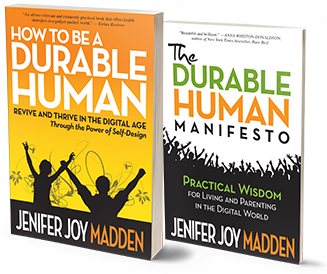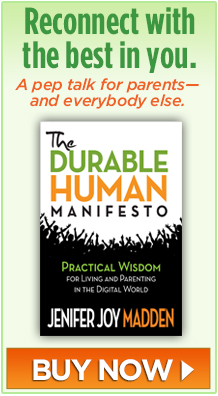At this point in the new century, many of us do things to save dwindling resources and make better use of others. But decisions can be tricky. Where do we set the thermostat and still be comfortable? Should we eat the organic imported orange or the conventional local apple? Do we print out the PDF or read it online? Technology helps, but can complicate matters.
Large institutions have a harder time because they must meet disparate needs and demands. Take the example of American University, a school in Washington, D.C., which recently introduced a Green Teaching Certificate. Courses are “Green Certified” if teachers communicate online, use electronic books and readings, and let students use laptops in class, among other measures considered sustainable.
But the system is causing hiccups for the age-old craft of writing. Writing instructors and their first-year students were surveyed for a Literature Department teaching seminar aptly named “Going Green in the Classroom: Balancing Ecological and Learning Environments.”
It turns out that faculty members all do some things green, even if not officially certified. There is general agreement that posting assignments on the document-sharing platform, Blackboard, helps everyone stay organized. But working online apparently has its drawbacks. Continue reading



